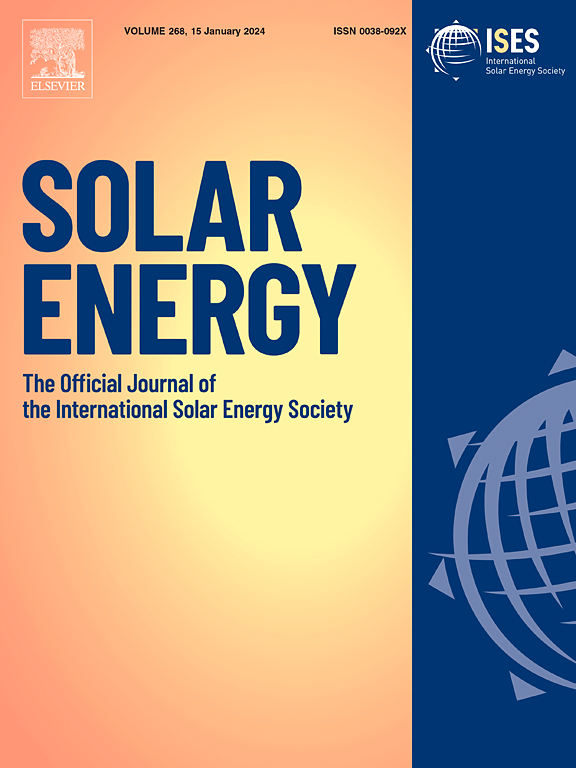Lightweight vision architecture with mutual distillation for robust photovoltaic defect detection in complex environments
IF 6
2区 工程技术
Q2 ENERGY & FUELS
引用次数: 0
Abstract
With the rapid growth of solar photovoltaic installations, defect detection in PV power stations has become crucial for ensuring operational safety and economic efficiency, as undetected defects can lead to significant performance degradation and potential hazards. Unmanned Aerial Vehicle (UAV)-based Electroluminescence (EL) imaging offers an efficient solution for large-scale inspection. However, the harsh environmental conditions and complex imaging scenarios pose significant challenges to detection models, while edge computing deployment demands strict resource constraints. This study introduces SCRViT, a lightweight deep learning model that substantially improves detection performance on low-quality EL images through a spatial-channel reconstruction mechanism and a peer network co-learning strategy. Experimental results demonstrate that the proposed method achieves 88.19% detection accuracy on simulated outdoor environment datasets, surpassing state-of-the-art approaches by 4.77% while reducing model parameters by 55.6%. Through multi-dimensional interpretability studies – including Shapley value feature attribution, GradCAM attention pattern analysis, and information-theoretic mechanism analysis – this research systematically elucidates the model’s environmental adaptation mechanisms. This lightweight yet robust solution enables real-time defect detection on edge devices, improving inspection efficiency and reducing operational costs while providing reliable decision support for practical applications in complex outdoor environments.
求助全文
约1分钟内获得全文
求助全文
来源期刊

Solar Energy
工程技术-能源与燃料
CiteScore
13.90
自引率
9.00%
发文量
0
审稿时长
47 days
期刊介绍:
Solar Energy welcomes manuscripts presenting information not previously published in journals on any aspect of solar energy research, development, application, measurement or policy. The term "solar energy" in this context includes the indirect uses such as wind energy and biomass
 求助内容:
求助内容: 应助结果提醒方式:
应助结果提醒方式:


